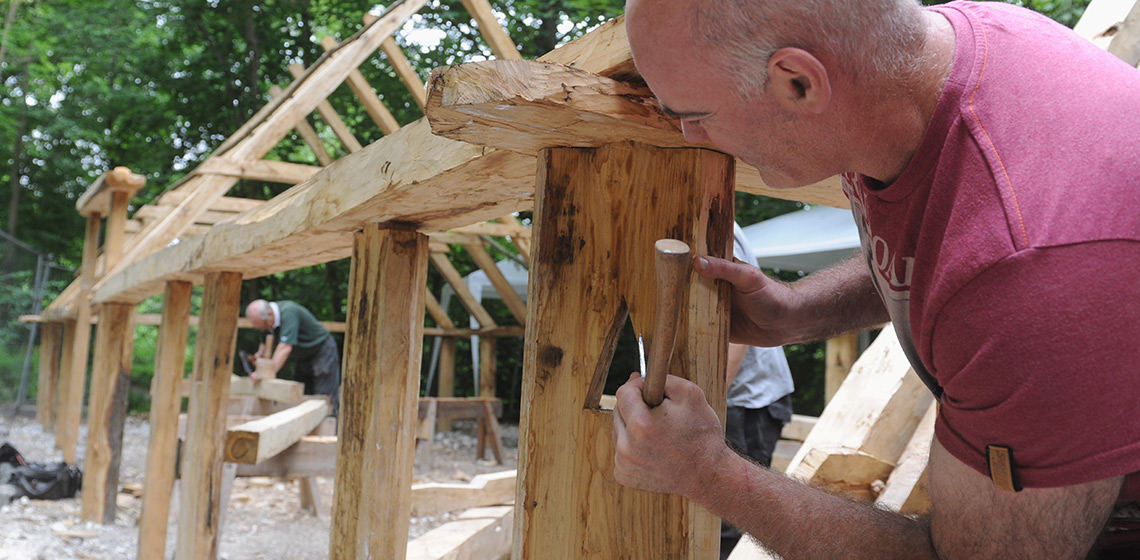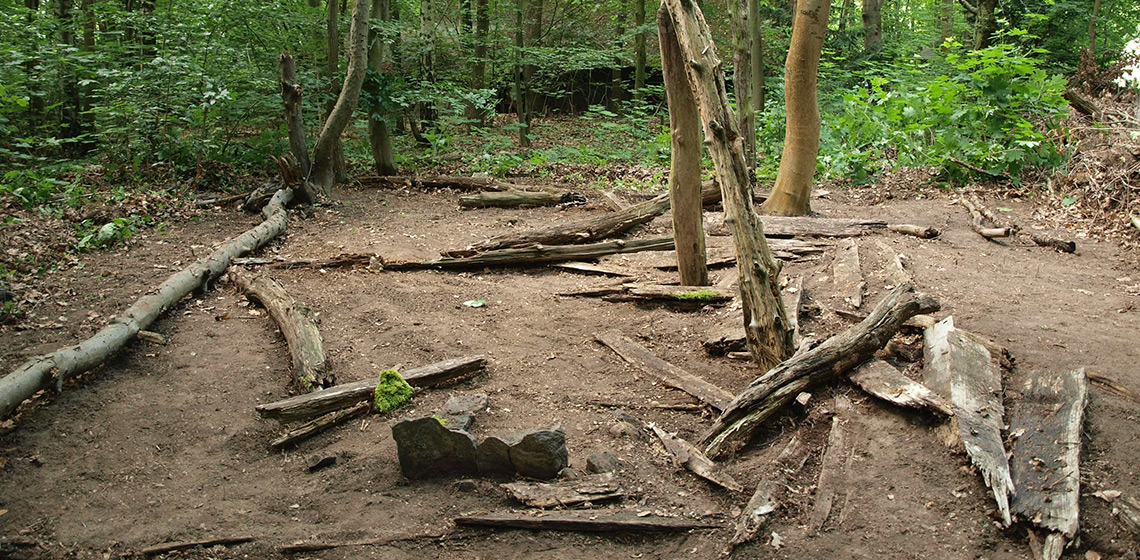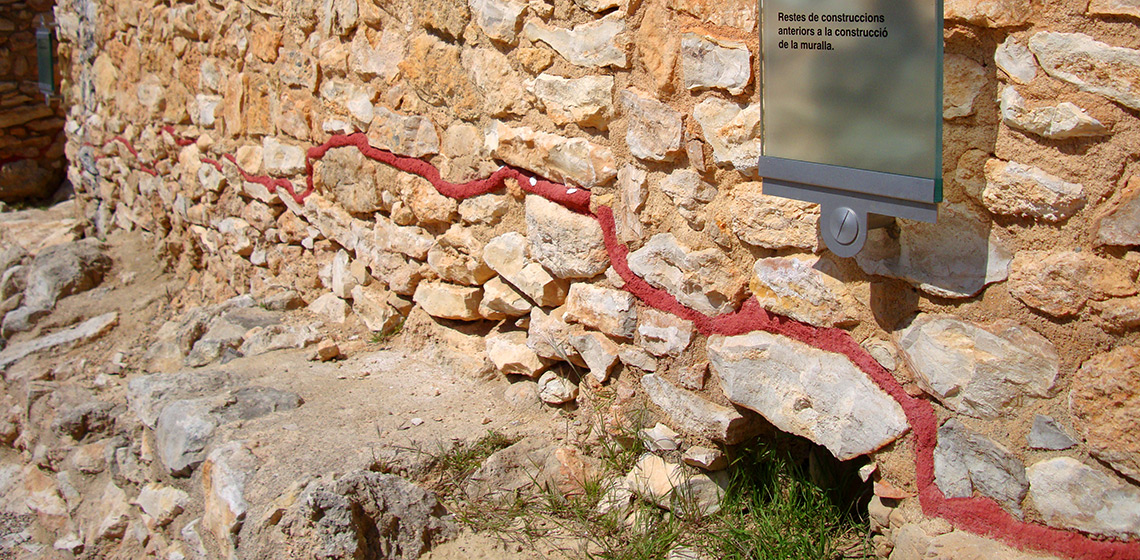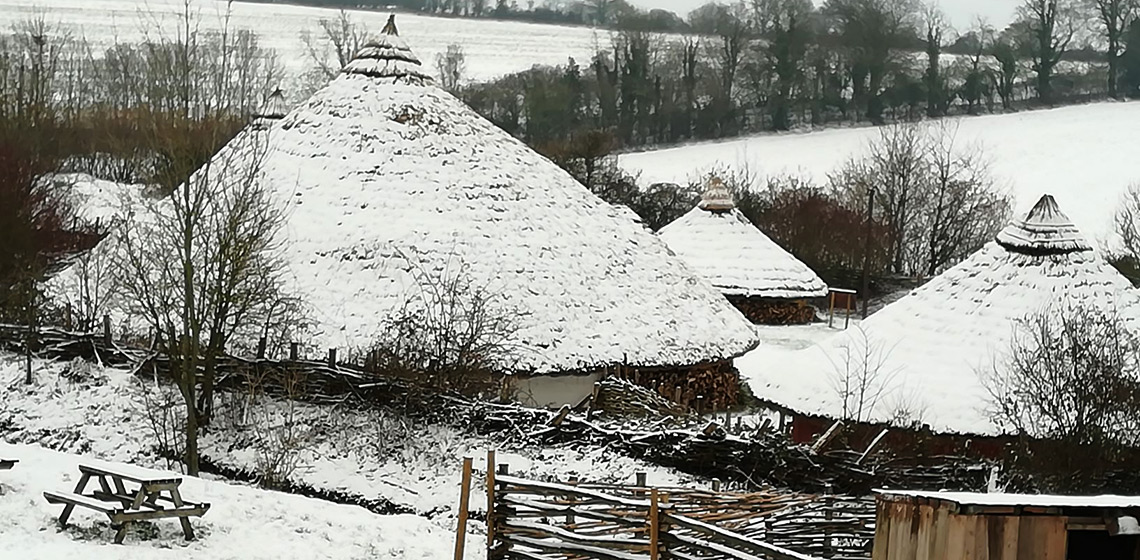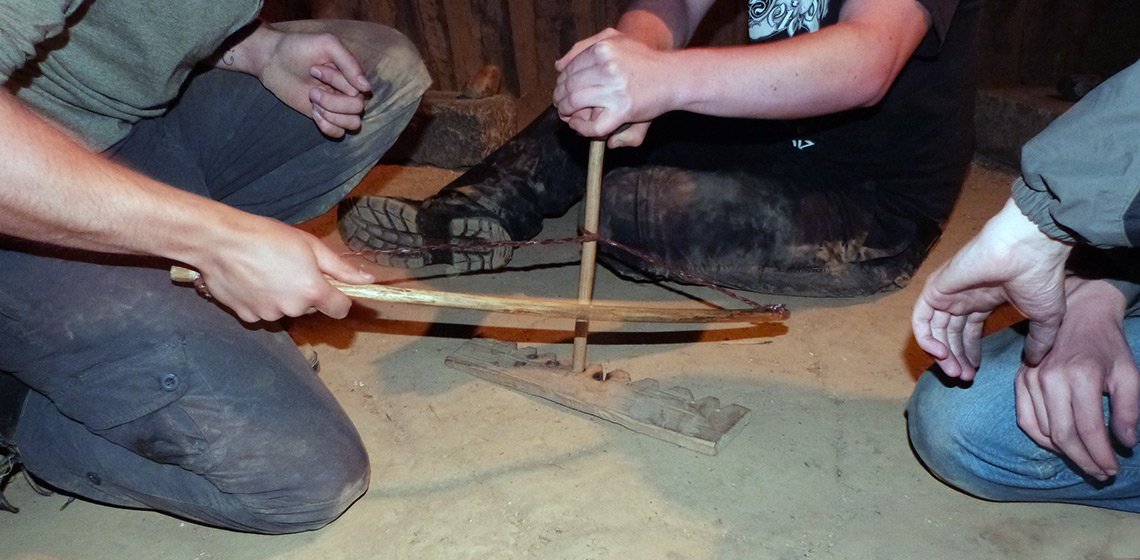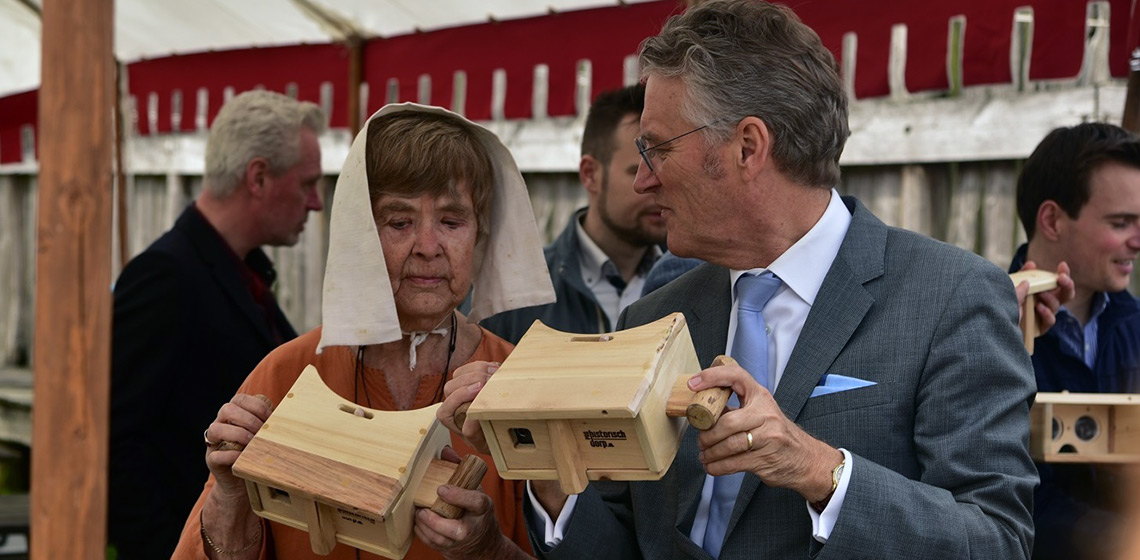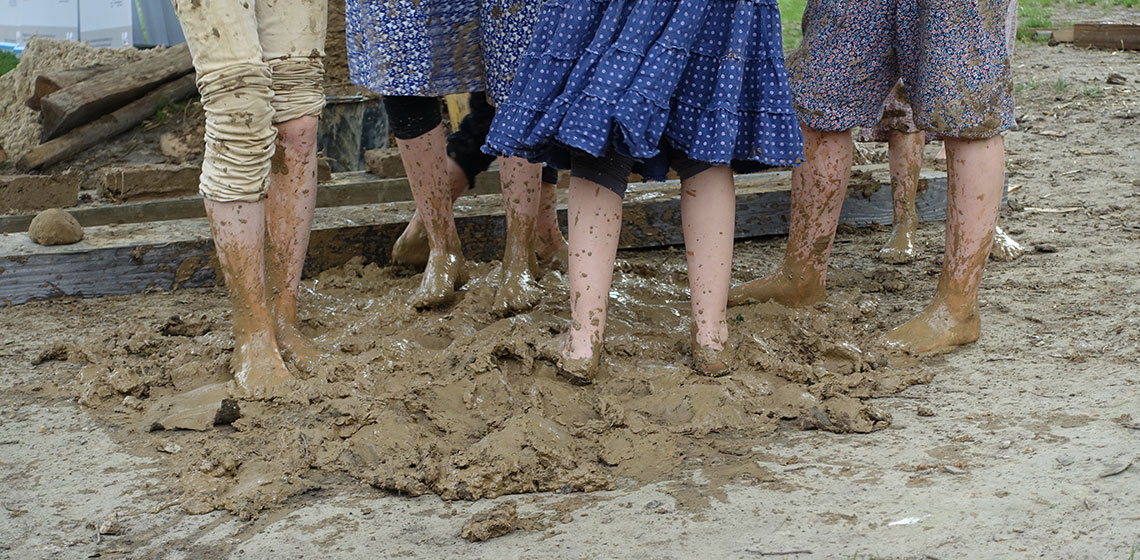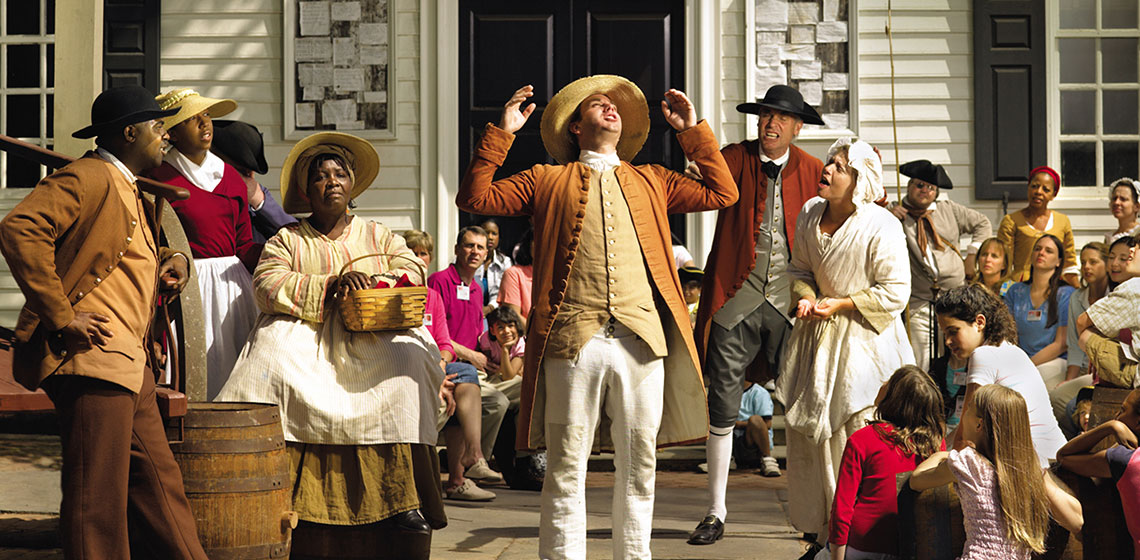Facilitated Dialogue: An Emerging Field of Museum Practice
Introduction
Almost 60 years ago, new museology’s call for a re-examination of the very identity of the museum, of its functions and purposes, brought forward its social role and signaled a major turn by initiating new areas of museum practice and research (Vergo, 1989). Since then, the relation of museums to their social, economic, and political environment has been the subject of many studies. Terms such as social and cultural inclusion, democratization and social responsibility are central in the current museological discourse.



